Clutches and brakes as well as torque limiters continue to evolve as the requirements for new applications for holding, stopping, and indexing continue to multiply. The ongoing trend for these technologies towards application-specific variations continues unabated — especially as several industries have exceeded capabilities of legacy stock parts.
“Mach III has experienced a strong increase in application inquiries for miniature clutches, brakes, and torque limiters. In 2019, we had 14 new projects requiring a miniature clutch, brake, or torque limiter — more than in the prior three years combined,” explains president of Mach III Clutch Inc. Lesli Riehemann.
“So far, we’ve started two new miniature projects in 2020 — one of which is a brake that is only 0.78 O.D. x 1.75 in. long. Mach III defines miniature as requiring a 2-in. or smaller friction diameter, and a bore or shaft size of a half inch or less. Our assembly technicians joke that may need to get in touch with Santa’s workshop to subcontract assembly of these miniature products to the elves.”
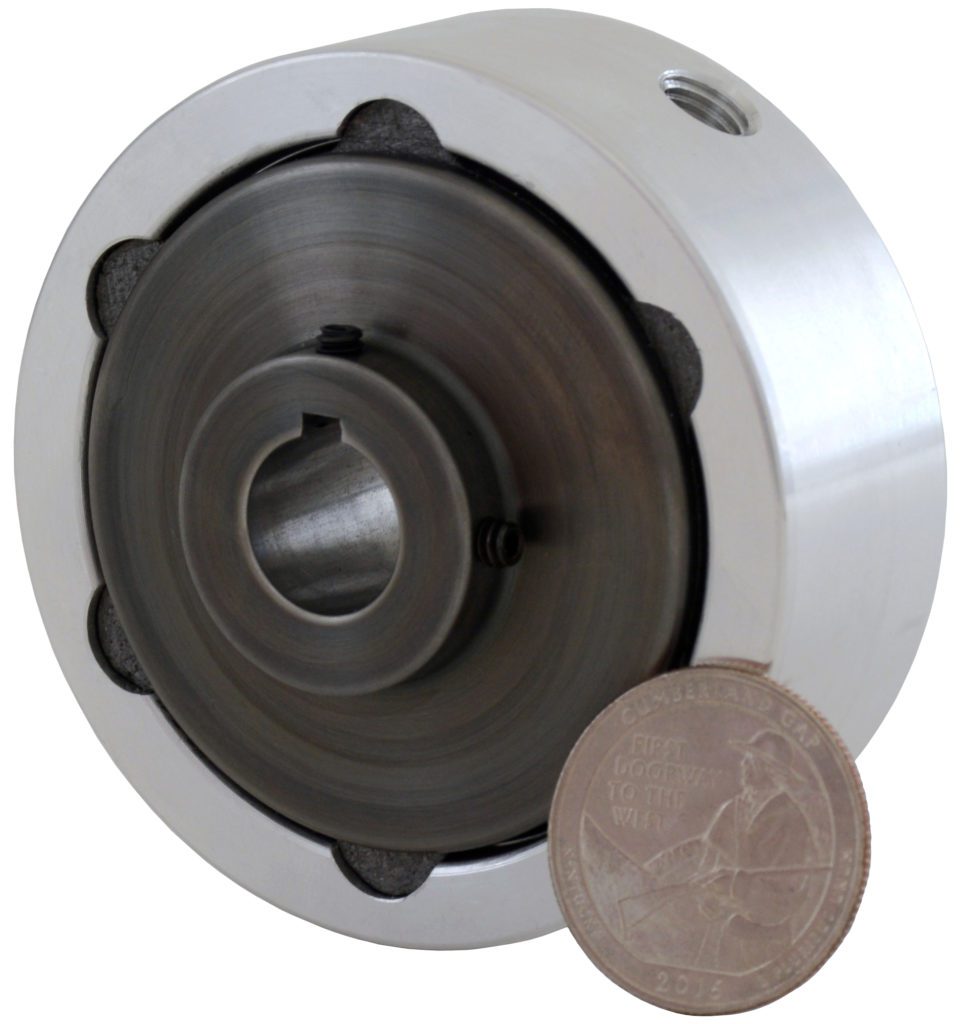
• Torque rating of 15 lb-in. at 80 psi
• 2.58 in. O.D. and 1.27 in. overall length
• 0.50 in. shaft size with a 0.125 in. keyway
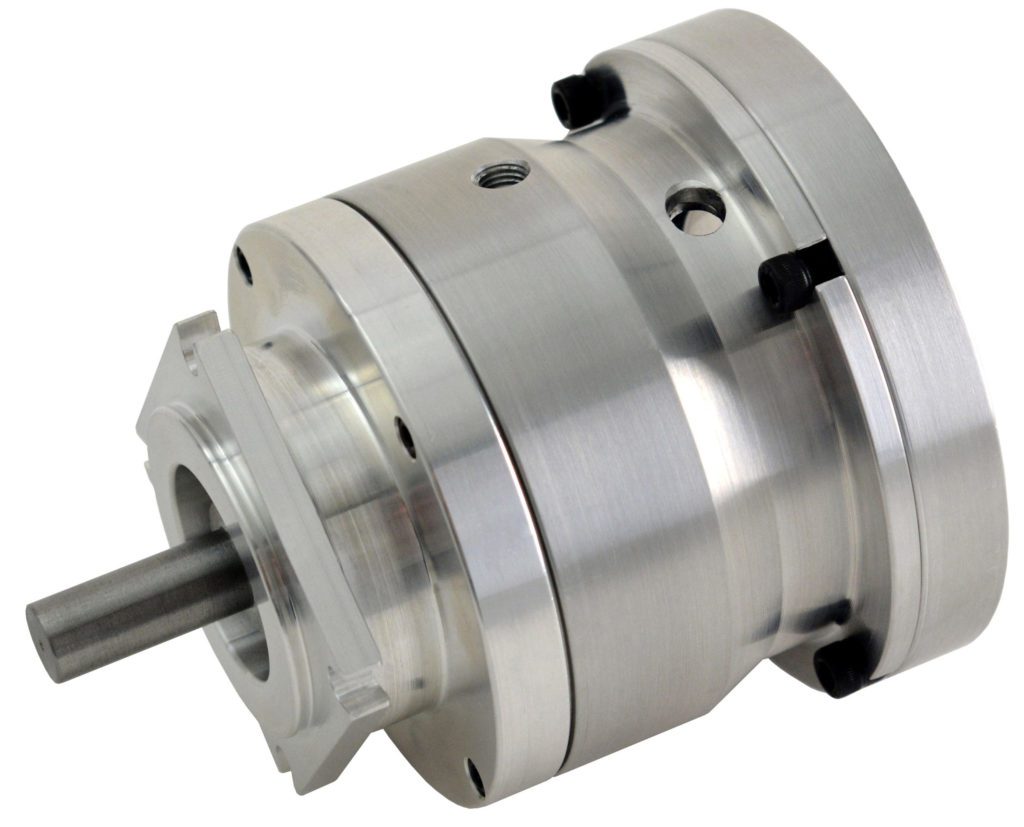
• Torque rating of 90 lb-in.
• 3.94-in. O.D. and 3.78-in. housing length
• Connections include 12-mm input bore with clamp collar and 12-mm output shaft
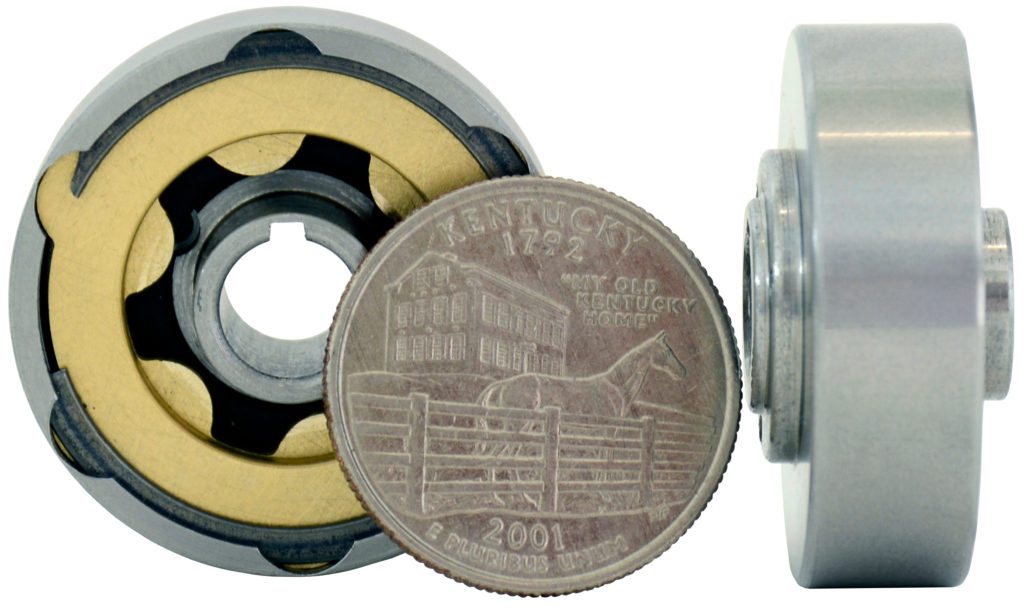
• Max slip torque setting is 70 lb-in.
• 1.275-in. O.D. and 0.58-in. overall length
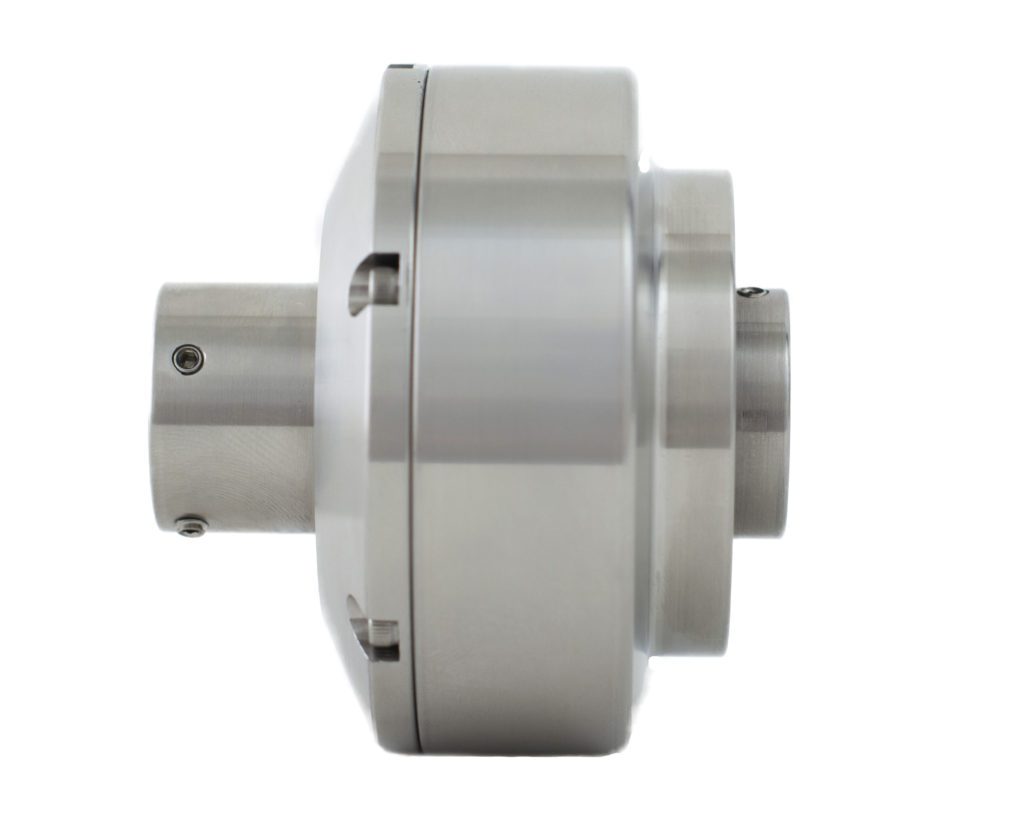
• Max slip torque setting of 190 lb-in.
• 2.69-in. O.D. and 2.44-in. overall length
• Connections include two 10-mm shafts with 3-mm keyways
IoT coming to brakes and clutches
In an entirely different development, Andrew Lechner of R+W (who details his company’s new informative coupling in the couplings section of this Design World Trend issue) mentioned a similar IoT functionality that may soon come to a new line of torque limiters from the component manufacturer.
Interestingly enough, we’re also known for ball-detent torque limiters. These are mechanical-overload release devices that (like couplings) install close to the business end of motion axes. Sensors here would be better at monitoring the machine performance than systems tracking amp draw at the motor. That’s why we may soon incorporate sensors into torque limiters as well.
In fact, design engineers often guess at the proper disconnect settings for the mechanical torque limiters on their machines’ axes. Embedding sensors in these torque limiters could actually help machine builders fine-tune their safety breakaway settings … and better walk that line between acceptable axis torques and torques that necessitate machine shutdown. With such component, engineers would get torque monitoring and safety breakaway, which is about as robust as torque-overload protection can get.
Keep a lookout for a followup piece from Greg Surufka of Altra Industrial Motion on trends in clutch, brake, and torque-limiter technologies for heavy industries.

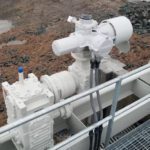


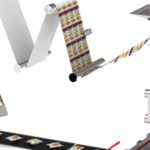


Leave a Reply
You must be logged in to post a comment.